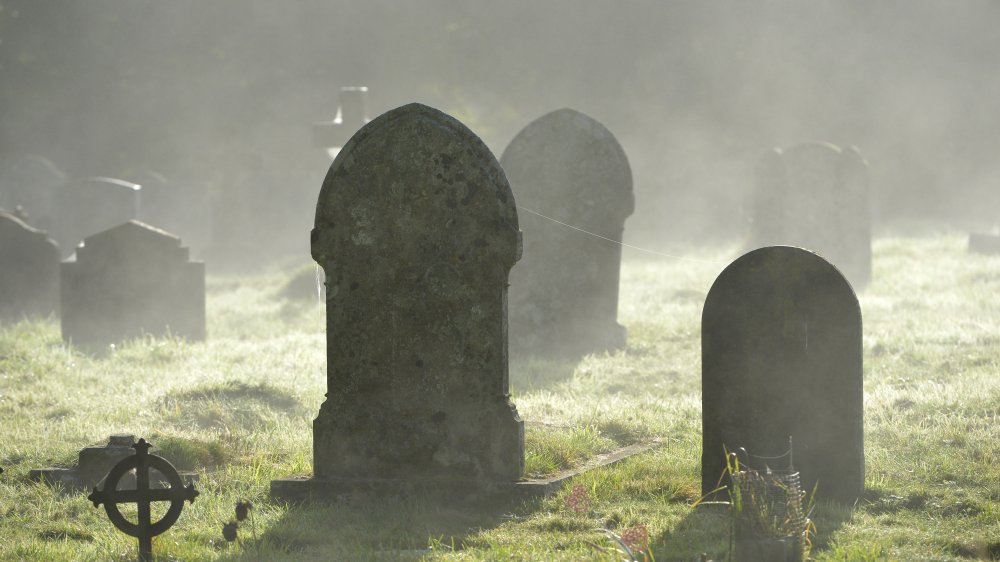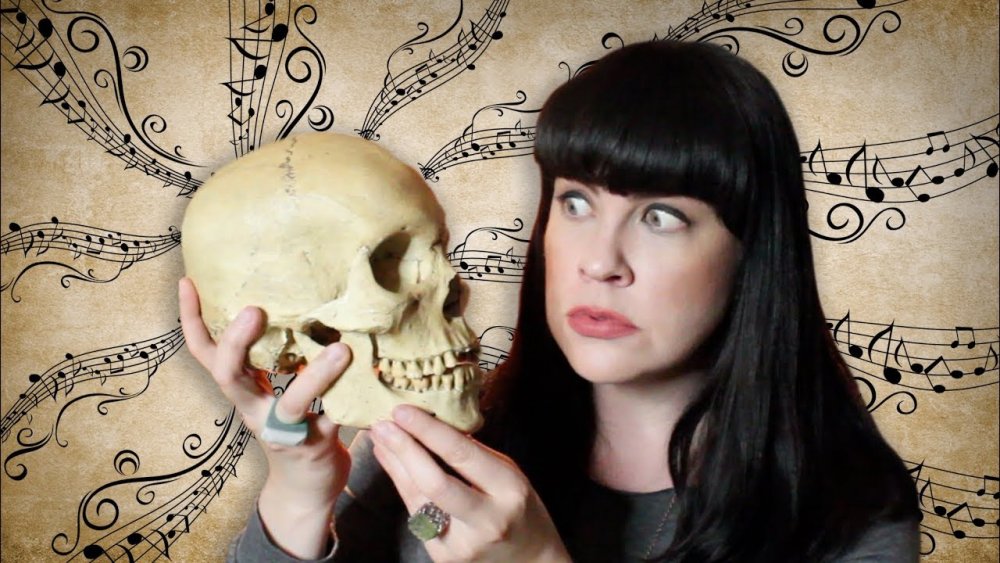The Death-Positive Movement Explained
Death is the most unavoidable part of life. That might sound like a dramatic statement, but it's just a factual one.
Ancient belief systems have, for centuries, defined death in terms of the afterlife, judgement, and journeys. The ancient Egyptians, as described by the Canadian Museum of History, viewed death as a transition for the immortal soul, rather than an ending, when the actions of one's life would be judged. The Maya also viewed death as the beginning of a dangerous journey to paradise, according to the Ancient History Encyclopedia. Other ancients, such as the Celts and various Mesoamerican cultures, saw the world of the dead as existing side-by-side the living one: On certain days of the year (Samhain and Dia de los Muertos, respectively), the dead could return to the living, per History and Holidays in Mexico. Countless pieces of folklore, meanwhile, depict the dead as monstrous entities that prey on the living, as described in Britannica.
Arguably, all these belief systems are methods of coping with the fear of death, its inevitability, and lack of knowledge regarding what happens to consciousness when someone dies. In modern media, death is often treated like a spectator sport, while in real life, it is a tragedy to be avoided. Some people spend exorbitant amounts of money even to not look old (I.E., confronting mortality), while the dead themselves are covered in sheets, cordoned off in morgues, and kept out of sight from most of society, like a separate population.
Exposing fears and taboos about the end of life
In 2011, mortician Caitlin Doughty founded the Order of the Good Death, an organization that confronts taboos and fears around death, while integrating knowledge, acceptance, and awareness of death's realities into everyday life. She seeks to separate the myriad of cultural depictions of death from its practical, unavoidable truths. She also has her own YouTube channel, Ask a Mortician.
The death-positive movement, based on this change in attitude towards death, is taking root with Millennials, according to Vox. The National Funeral Directors Association found that 15.8 percent of Americans, ages 18-to-39, believe one should plan for death before age 40, while only one-third of the entire population have planned anything at all regarding death: financially, legally, or funereally. The death-positive moment, therefore, also seeks to address what should happen to one's body upon death, whether it be cremation, donation of organs, or even transformation into soil, a service offered by Millennial-created company Recompose. There is even an app called WeCroak, which sends death-related quotes to your phone, five times a day, a practice based on the Bhutanese belief that the contemplation of death is necessary to lead a fulfilling life.
Much of the background behind death-positivity is based on the work of anthropologist and writer Ernest Becker, who, in his 1974 Pulitzer Prize-winning work The Denial of Death states, "the basic motivation for human behavior is our biological need to control our basic anxiety, to deny the terror of death."

